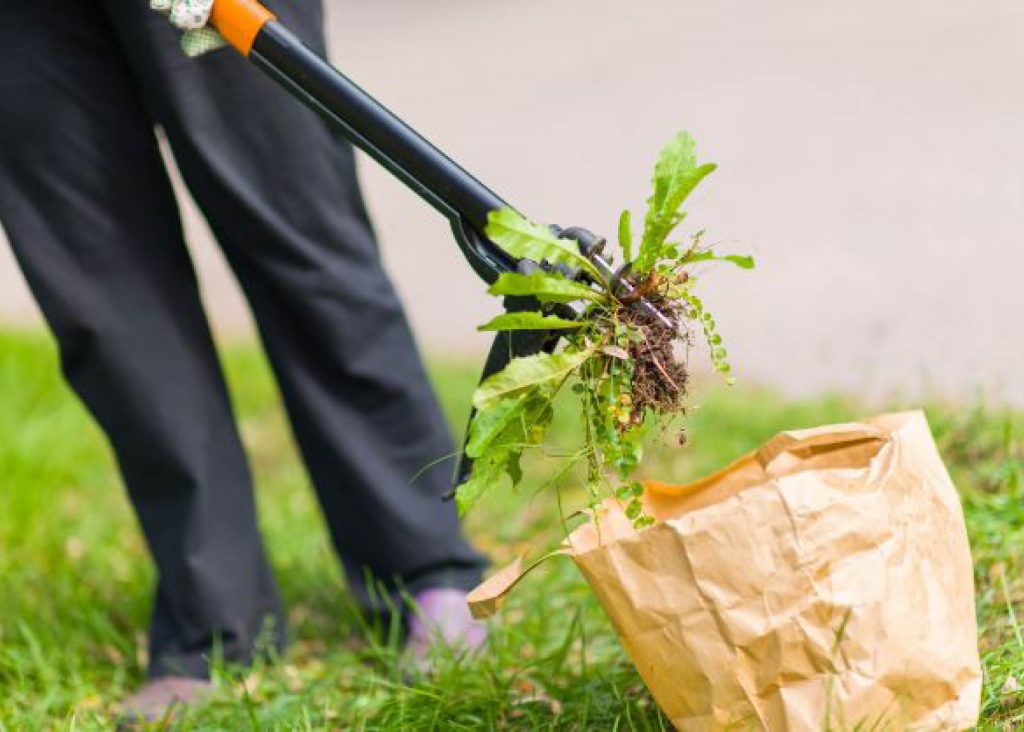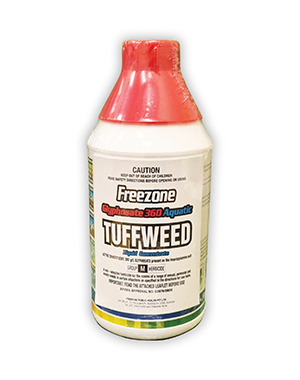What are Perennial Weeds?
Perennial Weeds are longer lived plants that can survive winter or regrow from roots, rhizomes or tubers in spring after a period of dormancy. Many weeds that grow from seed ...

 Weeds are a lawn lover’s worst nightmare. They can sneak in when you least expect it and left unchecked can quickly take over your pride and joy.
Weeds are a lawn lover’s worst nightmare. They can sneak in when you least expect it and left unchecked can quickly take over your pride and joy.
This is where weed pullers and weed wands can be most useful – tackling small individual weeds before they have time to grow, flower and produce seed for the next generation of unwanted plants.
Read on for our guide to the difference between weed pullers and weed wands and their pros and cons.
 As the name suggests, a weed puller is a mechanical device that helps gardeners physically remove unwanted plants, roots and all.
As the name suggests, a weed puller is a mechanical device that helps gardeners physically remove unwanted plants, roots and all.
There’s a number of different types, from small handheld weed pullers to stand up versions that can save the gardener from having to bend and kneel on the ground.
Some have serrated edges on the claws, making them easier to use in different soil types.
Most are manual but if money is no object, you could splurge on an electric model.
As is the case with hand weeding or using a small fork, it’s best to start by moistening the soil around the offending weed.
Wearing gardening gloves and using a kneeling pad, you can poke a hand weeder into the ground a few times around the plant to loosen the soil.
Push the tines down into the soil and then wiggle it a bit while holding the plant stem as you lift the roots out of the ground, taking care not to leave any pieces behind that can resprout.
A stand-up weed puller has a long handle and a platform that you step on to push it into the ground.
Some have claws that you can use to grab the plant and an ejector handle that releases the weed once it’s been removed.
There’s a guide to what you need to know about pulling weeds from your lawn here.
Some weeds shouldn’t be removed with a weed puller because they leave behind nuts, tubers or rhizomes that can spread underground and develop new plants. This includes Nutgrass, Onion Weed and Soursob, which are best removed by using a spade. Read our guide to what you need to know about pulling weeds from your lawn here.
 Also known as a weed wiper, weeding brush or weed wicker, weed wands are used to apply a small quantity of herbicide to weeds in a specific area of lawn.
Also known as a weed wiper, weeding brush or weed wicker, weed wands are used to apply a small quantity of herbicide to weeds in a specific area of lawn.
The wands can be about 1m long with a sponge, felt pad or brush on the end that dispenses the herbicide when it touches a plant.
They’re especially useful for controlling weeds that aren’t responsive to selective herbicides, when using conventional methods to spray a non-selective chemical such as Roundup, which contains the active ingredient glyphosate and will damage or kill your lawn as well.
This includes weeds such as Nutgrass and Onion Weed.
Tip: It’s best to use a dabbing motion rather than wiping or swiping it across plants.
When weeds are small in size or few in number, it can make more sense to use a weed puller or a weed wand instead of dirtying a knapsack or spray unit to mix up a small amount of herbicide.
Weed pullers are not recommended for use on some plants, while weed wands are great for applying non-selective herbicides (containing glysophate) to weeds. Be careful to apply the non-selective herbicide ONLY to the weed not the surrounding lawn or garden.
There’s more information about removing specific weeds from your lawn here and you can browse the range of products from leading lawn care brands in myhomeTURF’s online store here.

TUFFWEED Liquid Glyphosate 1L super concentrate is a non-selective herbicide that combats the toughest of weeds such as Blackberries, Thistles and Nut Grass. Check to see if your lawn variety is suitable before use.
SHOP NOW
Bow and Arrow 500mL is one of the most effective broadleaf liquid herbicides on the market. Suitable for Zoysia, Kikuyu, Couch and Buffalo grasses however transient discolouration may occur on Kikuyu, Carpet and Queensland Blue Couch lawns. Always read the safety directions and instructions on the product label before use.
SHOP NOW